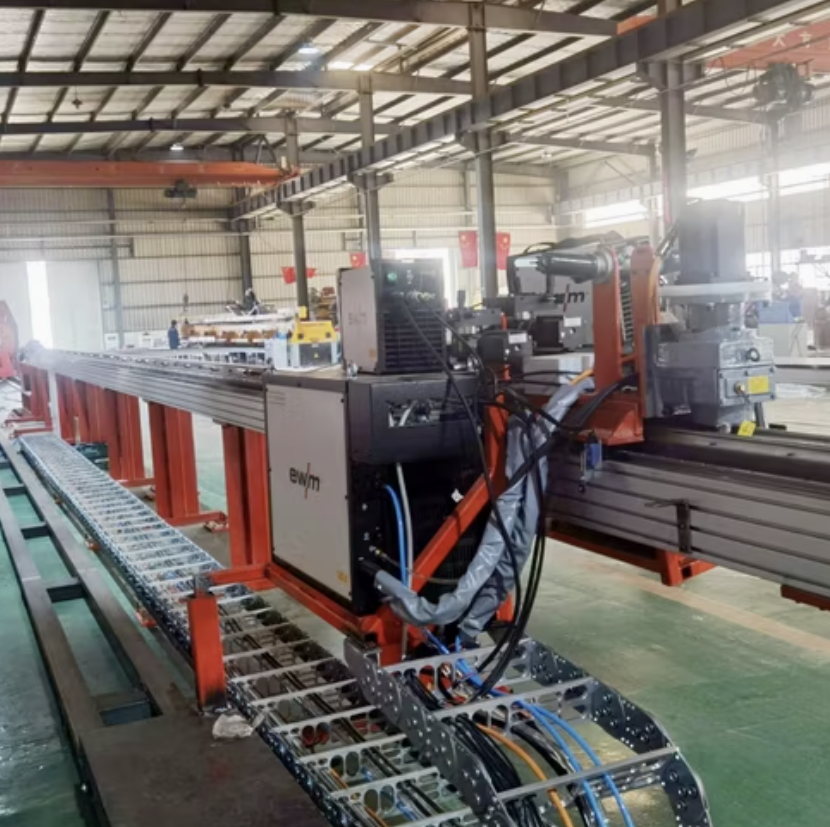
Posted on Thursday, December 14, 2023
Tungsten Inert Gas (TIG) welding is renowned for its precision and versatility, making it an essential skill for advanced welders. Whether you're working on intricate projects or demanding materials, TIG welding can produce superior results when mastered.
What is TIG Welding?
TIG welding, or Gas Tungsten Arc Welding (GTAW), is a welding process that uses a tungsten electrode to create an arc and melt the base material. Shielding gas, typically argon or helium, protects the weld area from contamination, ensuring a clean, high-quality weld. This method is especially suitable for non-ferrous metals like aluminum and magnesium, as well as thin sections of stainless steel.
A: TIG welding works well on most metals, including stainless steel, aluminum, magnesium, and even exotic alloys. However, its suitability depends on material thickness and project requirements.
A: Argon is the most commonly used shielding gas for TIG welding due to its versatility. Helium can be added for increased heat input on thicker materials.
A: Use a consistent travel speed, maintain a steady hand, and ensure proper gas coverage. Pulse welding settings can also help achieve uniform beads.
Mastering TIG welding takes time, practice, and a commitment to understanding the process. By honing your technique and investing in the right tools, you can achieve precision and quality in every project. Whether you're working on complex industrial applications or fine art, TIG welding opens the door to endless possibilities.
Got more questions? Drop them in the comments, and let’s discuss how to elevate your TIG welding skills!

32/1000 Box Profile Roll Forming Machine – Complete Guide & Specifications
Posted on Sunday, November 16, 2025
High-performance 32/1000 box profile roll forming machine for roofing and cladding. Full specifications, profiles, applications, pricing

PBR / R-Panel Roll Forming Machine – Complete Guide & Specifications
Posted on Sunday, November 16, 2025
PBR / R-Panel roll forming machine for roofing and wall cladding. Full specs, profiles, applications, pricing, and global buying guide. Built to order.

Posted on Sunday, November 16, 2025
How to Diagnose and Fix the Hidden Electrical Problems That Cause Downtime
Copyright 2025 © Machine Matcher.